Three Things: Literature, nature and everything in between.
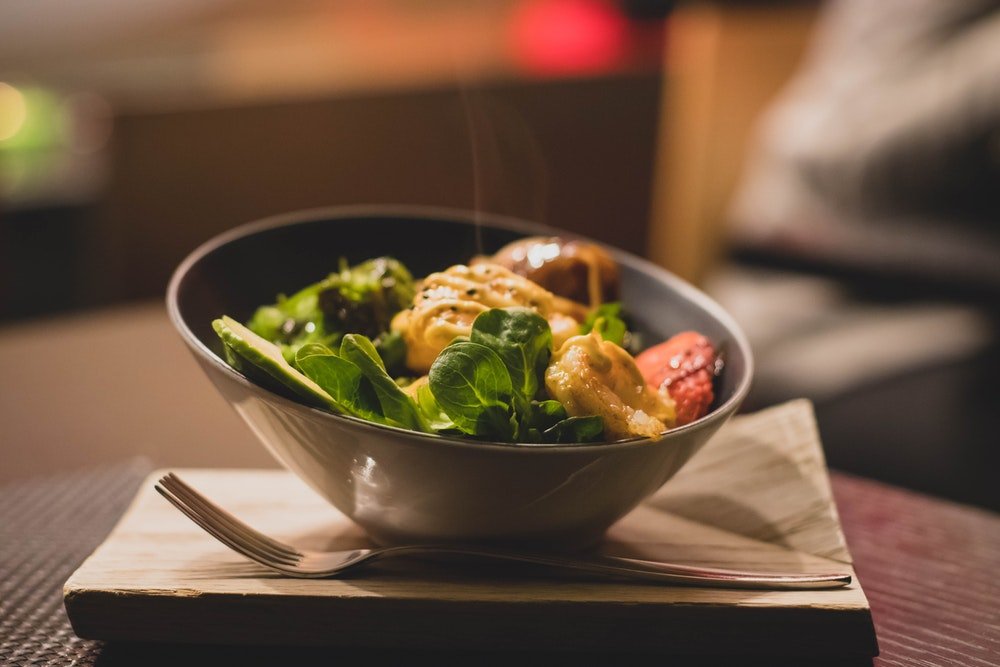
We all love to eat, that’s a given. But wouldn’t it be nicer if we knew how to replicate our favorite dishes in our own kitchen?
If there’s one thing I learned about being a home cook, it’s that preparing good food is not an innate talent. It’s a skill that you can hone through years of practice. And one of the fundamental ways to cook better is to expand your palate.
With a broad, refined palate, and heaps of passion, you can whip up a decent meal out of a few simple ingredients and create a memorable feast for your friends and family.
It can even pave your way to becoming a professional chef.
Know the Basic Tastes
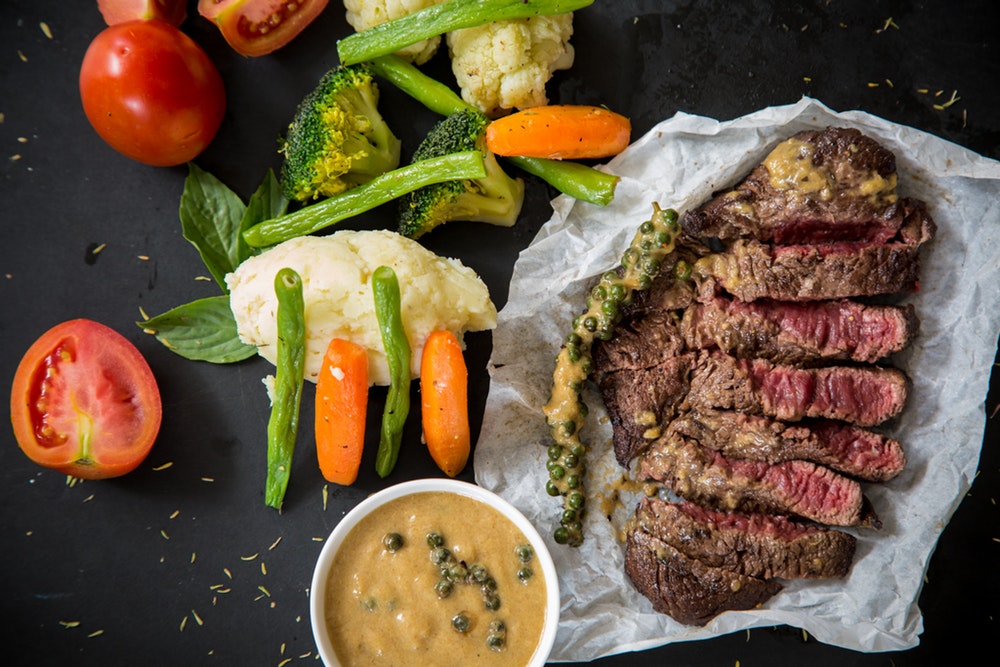
The Theory of Evolution tells us that humans are not so special after all. But if there’s anything our species can genuinely take pride in, it’s our wide taste spectrum. This genetic quality has turned food into more than nourishment or survival.
For us, food equates to pleasure, and we have our 10,000 taste buds to thank for that. Out of all animals, only we can say that a bite of medium-rare, beautifully-marbled steak or a spoon-full of velvety risotto with saffron is an “explosion in the mouth.” It is also for this reason that the sensation of different tastes is diverse throughout the surface of the tongue.
These distinct perceptions, however, can be categorized into five basic tastes, namely sweet, sour, bitter, salty, and umami. And as the latest food research tells us, our taste buds are also sensitive to the following tastes: calcium, kokumi (heartiness/mouthfulness), piquance (that capricious oral sensation you get after eating spicy food), coolness (minty, fresh), metallicity (described as a brief zap in the mouth), fat, and carbon dioxide (that zingy fizz you get from a carbonated drink.) Knowing all these basic tastes, which ingredients produce them, and how to infuse and combine them in various dishes is the key to having an “articulate” palate.
Think While You Eat
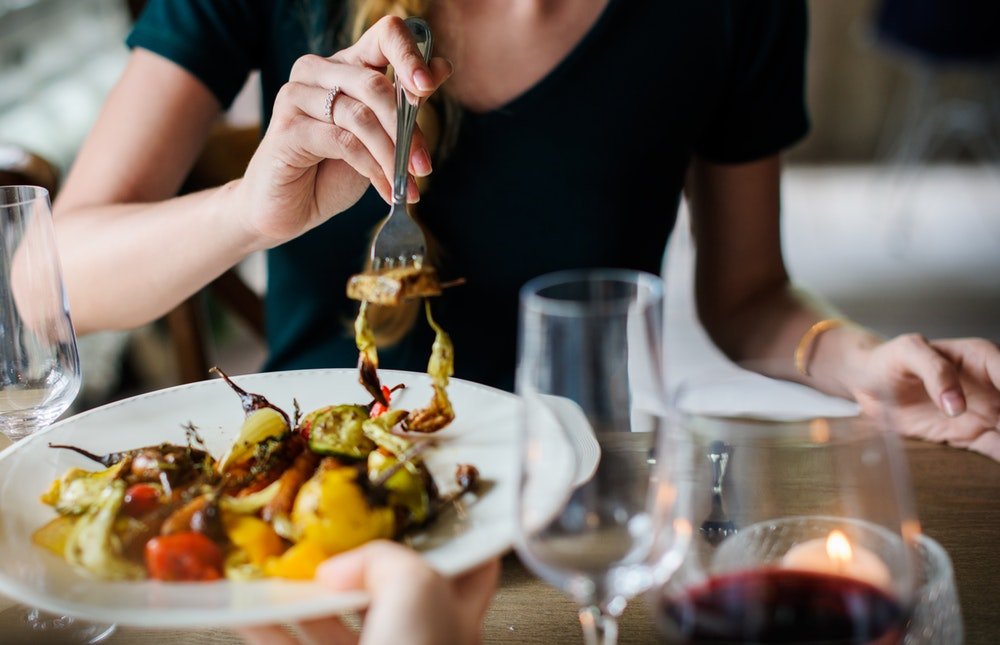
Life has become too hectic that we’ve forgotten how to eat properly. Unfortunately, eating fast-food, especially the salt- and sugar-laden ones, dampens our palate. If you want to sharpen your palate, get yourself a well-prepared meal or make them fresh at home.
Eat slowly, even with your eyes closed, savoring every hint of flavor and texture until you can pin down every bit of ingredient that’s in there. Make this a habit each time you eat out or nibble on a snack at home. Mindful eating will not only help you diversify your palate and make food more pleasurable, but it can even help you lose weight.
Experiment with Herbs & Spices
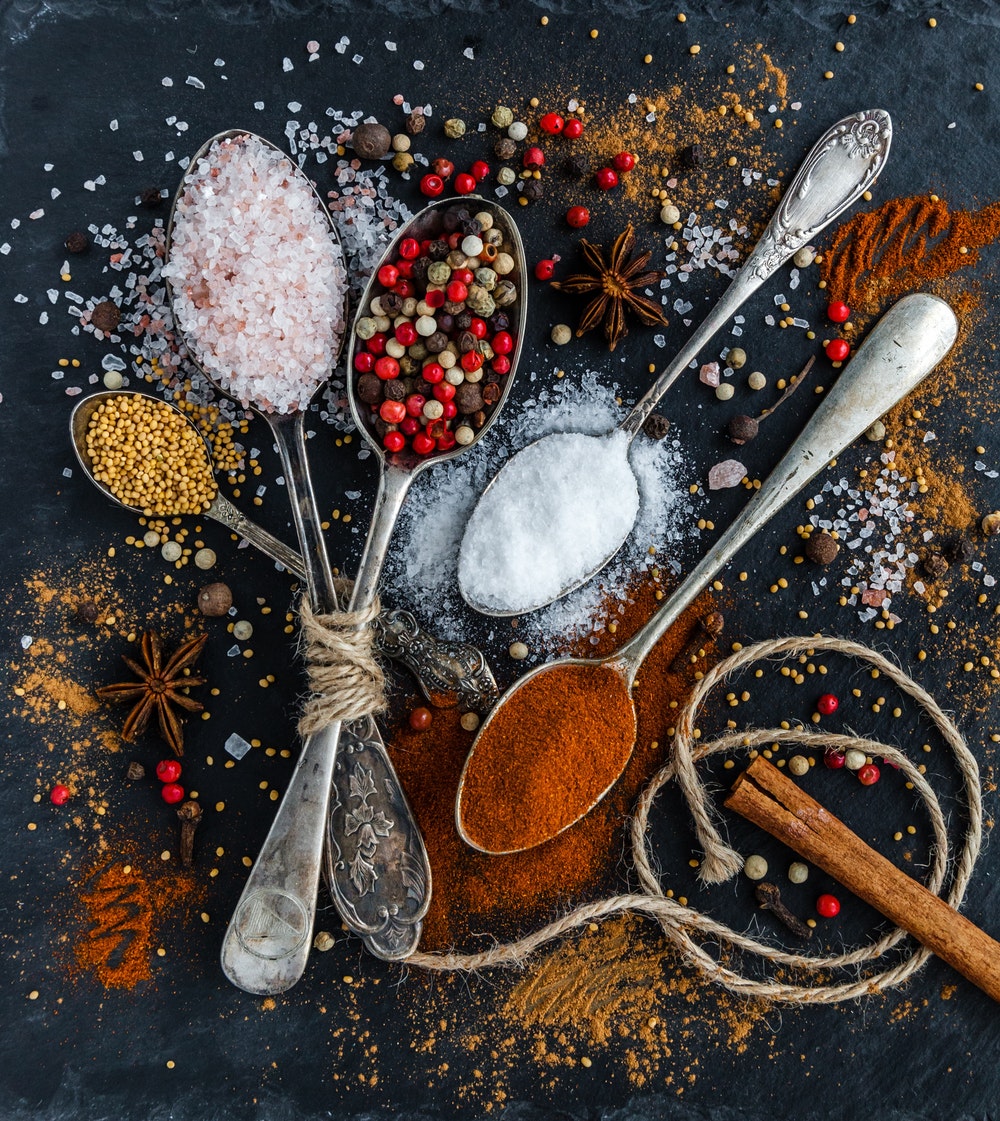
Nothing can elevate a meal’s flavor and aesthetic more than herbs and spices. They come in a smorgasbord of colors and forms (seed, flower, leaves, stem, or bark), and consumed in a number of ways, including fresh, whole-dried, or pre-ground dried. Herbs and spices make up the words to the poetry of cooking – and familiarizing yourself to them will make all the difference to your cooking.
Herbs and spices not only enhance flavor and aroma, but also react to other ingredients and create a whole new dimension of flavor. Indian cuisine, for instance, produces highly distinct dishes because of its affinity to and mastery of cooking with dried, ground spices. When you’re in the supermarket, take the time to study the different spices available to you, and follow recipes in which they are incorporated. Visit farmer’s markets or specialty stores and explore spices and herbs you haven’t heard of before.
Explore Flavor Combinations
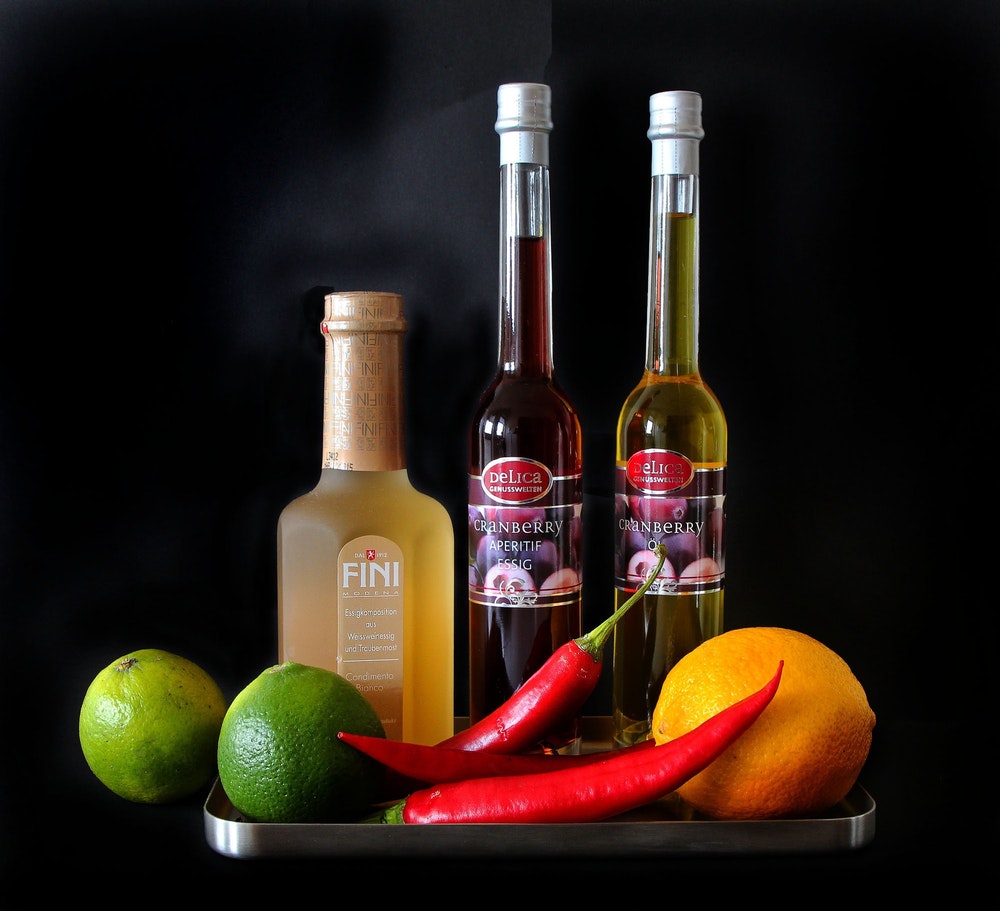
Whether you just want to be a more eloquent foodie or expand your repertoire in the kitchen, you need to expand your knowledge of different flavor combinations. For starters, try eating out at restaurants offering international cuisines. Go beyond your traditional choices, and you’ll be transported to a colorful gastronomic universe. Once you develop that appreciation for strange flavors, you’ll be hurrying back to your kitchen, eager to replicate or make your own version of these dishes.
Cooks and chefs, alike, have one thing in common: they’re not afraid to try something new.
With an informed, more sophisticated palate, you won’t be afraid to try anything. Even a basic understanding of how sugar reacts to vinegar will make a big difference to your everyday meals. But you’ll need to read up and dive deeper into the science of food pairings to become a better cook. Still, the best way to learn is to apply what you know and experiment until the resulting mix of ingredients is perfect. It also pays to watch cooking documentaries, like “Chef’s Table” and “The Mind of a Chef,” to know how the culinary masters do it.
How do you know if you’ve perfected your sense of taste?
If you can identify what you’re eating, distinguish the nuances between versions of dishes, turn a bland dish into something delicious, taste a new ingredient and know how to use it, taste a new dish and recreate it, and more importantly, people love what you make, then you have the palate of a great cook.
What's Your Reaction?
Three Things: Literature, nature and everything in between.
